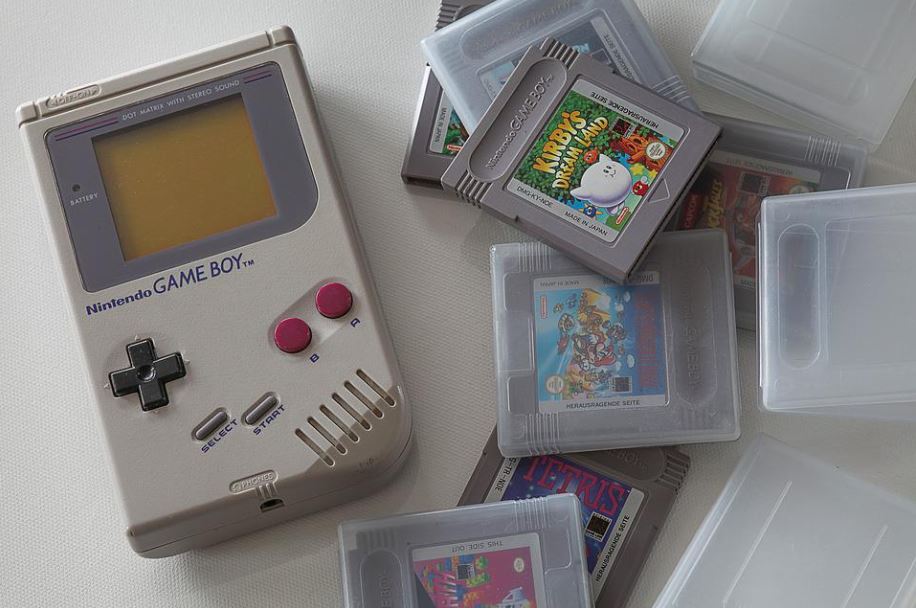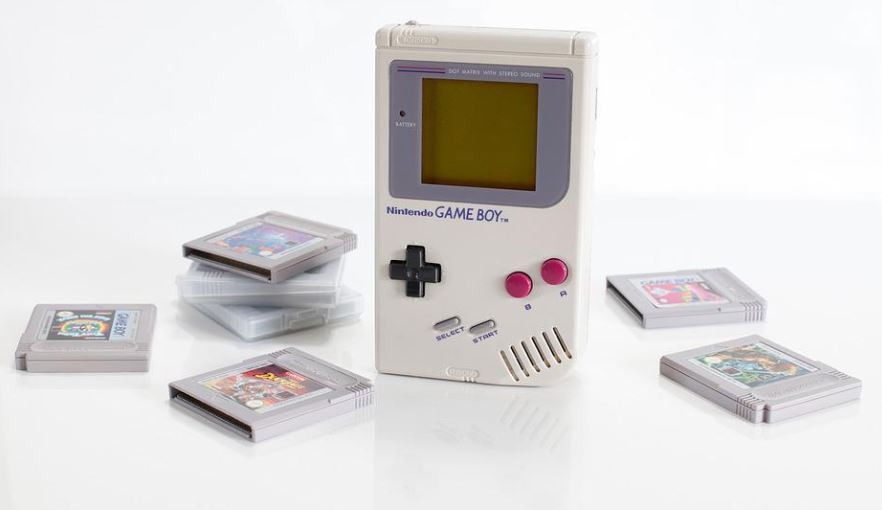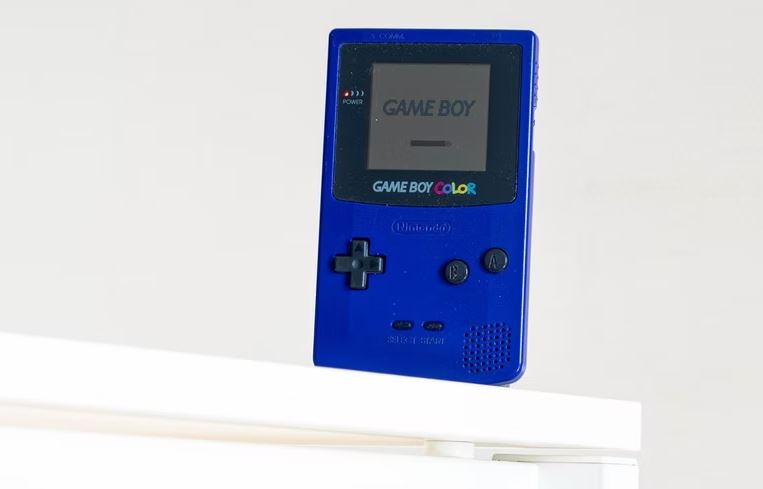Throughout the years, we have already seen dozens of handheld gaming consoles, but there is one particular line of consoles that will remain memorable despite it not having a new product in many years. This line of handheld consoles is the Game Boy, which was created by Nintendo and was first introduced on April 21, 1989, in Japan.
The original Game Boy was Nintendo’s second handheld game console, with the first one being the Game & Watch, and it features a dot-matrix screen that has an adjustable contrast dial. Much like the Nintendo home console, the NES (Nintendo Entertainment System), the Game Boy would use cartridges as the physical media for its games. Due to the popularity of the Game Boy during the 1990s, the console was actually considered a cultural icon and arguably one of the most memorable and recognizable gadgets of that period. To learn more about this awesome console, here is the interesting history of the Game Boy and its impact on pop culture.
Development of the Game Boy
The Game Boy was designed by Gunpei Yokoi, the chief engineer of Nintendo, and the Nintendo R&D1 team, which is also responsible for designing the first Metroid and Kid Icarus games. After the Nintendo Entertainment System or NES became popular, Gunpei Yokoi asked for a meeting with then-Nintendo president Hiroshi Yamauchi in order to propose a handheld system that had the same interchangeable games feature as the NES. Yamauchi then approved or greenlighted the project immediately. To get more info on the NES and other retro toys that were popular in the 80s, check out The Most Nostalgic Toys from the 80s.
Gunpei Yokoi used the internal code name “Dot Matrix Game” for the handheld console, and this name refers to the dot-matrix display of the console’s screen, which is different from the segmented LCDs pre-printed with an overlay that is found in the Game & Watch series. One thing that limits the Game & Watch in terms of games is its display, as it has an overlay that is only supposed to be used for only one game. As for the Game Boy, it doesn’t have an overlay, and the dot-matrix display can often show different sections, platforms, and backgrounds, depending on the game that is inserted into the console.
The official name for the console, the “Game Boy,” was conceived by Shigesato Ito when he visited the Nintendo office to take a look at the console that Gunpei Yokoi was developing. The reaction to the Game Boy was very poor within the company, and it was even called “DameGame” or “hopeless game” by many employees of Nintendo. However, Gunpei Yokoi and his team didn’t give up on the console and improved upon its various features during development.
Henk Rogers, the founder of the Tetris Company, brought the Tetris game to Nintendo of America to ask if the game could be ported to the new handheld console so that it could reach a new and wider audience. The president of Nintendo of America during that time, Minoru Arakawa, agreed with Rogers’s deal and bundled Tetris with Game Boy when the console was officially released in April 1989 in Japan. The deal became a massive success, as both the Game Boy and Tetris became household names in the video game industry following their release.
Versions and Successors of the Game Boy
There have been various versions and successors of the Game Boy that have been released over the years, and most of these iterations became as successful as the original version. Here are details about the Game Boy’s different versions and successors.
Game Boy Pocket
The second version of the Game Boy is the Game Boy Pocket, which was released on July 21, 1996. As its name suggests, the Game Boy Pocket is a “pocket” version that has a slimmer and smaller body, as well as a smaller link port that would later be used in subsequent Game Boy models besides the Game Boy Micro.
Game Boy Light
The last version of the original Game Boy was the Game Boy Light, which was released on April 14, 1998, and was launched exclusively in Japan. The Game Boy Light features an electroluminescent backlight that would allow players to play Game Boy games even at night or in rooms that are not well-lit.
Game Boy Color
The official successor to the Game Boy was the Game Boy Color, which was launched in Japan on October 21, 1998. As its name already shows, the Game Boy Color features a color screen rather than the monochrome black and green screen of the original Game Boy. The Game Boy Color has its exclusive games that couldn’t be played on the original Game Boy, but it has the ability to play Game Boy games in the tonal palette of your choice. So, the Game Boy games on the Game Boy Color can be displayed in various monochrome color combinations.
Game Boy Advance
The successor for the Game Boy Color was the Game Boy Advance or GBA. The Game Boy Advance was released in Japan on March 21, 2001, and features better hardware and a wider screen compared to the Game Boy Color. The Game Boy Advance has sold more than 81 million units worldwide, thus making it one of the most successful products by Nintendo.
Game Boy Advance SP
An improved or upgraded version of the Game Boy Advance is the GBA SP, which was launched on February 14, 2003, in Japan. The Game Boy Advance SP features a classic clamshell design, which makes it much smaller compared to the original GBA when it is not in use. In addition, the GBA SP also features a backlit screen so that people can play games at night without the need to turn on the lights or a lampshade.
Game Boy Micro
The last Game Boy console to ever release as of 2022 is the Game Boy Micro, which was launched on September 13, 2005, in Japan. The Game Boy Micro is a smaller console compared to the GBA SP, and it is even smaller than all of the Game Boy consoles ever made. So, the Game Boy Micro is the smallest Game Boy console in existence. The Game Boy Micro features a backlit screen, although it doesn’t have the backward compatibility that the original GBA and the GBA SP had, so it couldn’t play original Game Boy and Game Boy Color games.
These are the pieces of information that are essential if you want to understand how the Game Boy became a pop culture phenomenon. Even if it has been succeeded by the DS, the 3DS, and the Nintendo Switch consoles, the Game Boy would still be a very memorable line of consoles for many 90s gamers.
For more information about the other popular toys in the 1990s besides the Game Boy, you can check out the Top Pop Culture Toys of the 90s article.



